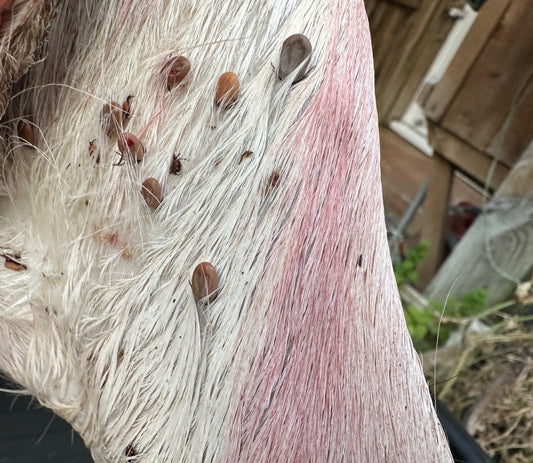As the autumn leaves fall and the countryside in Southern England takes on the hues of amber and gold, a critical phase in deer management kicks into high gear. November marks a pivotal time for deer managers, especially when it comes to managing the population of Fallow deer, our largest wild herd species. This month signifies the open season for both bucks and does, paving the way for a robust and necessary culling operation to maintain a healthy and balanced deer population in our locale.
The significance of November stems from the combination of factors that converge during this period. Firstly, the open season for Fallow deer, one of the most populous and impactful species in our region, presents an opportunity to address the challenges tied to their burgeoning numbers. The rising deer populations, if left unchecked, can have detrimental effects on agriculture, forestry, and biodiversity. It's a period where the proactive management of deer populations is not just necessary but imperative to ensure the ecological balance of our countryside.
Moreover, November also heralds the opening of the season for does. This is a critical aspect as managing the population of female deer is central to controlling the overall deer population in the long-term. The culling of does is a scientifically-backed and ethically managed approach to keep deer populations within sustainable limits, thereby mitigating the challenges associated with overpopulation.
During November, our team at Wildscape Deer Management intensifies its operations, working tirelessly both day and night to manage the deer populations effectively. Our days typically commence with stalking in the early morning hours when the deer are most active. Stalking is a meticulous and skilled practice, demanding a profound understanding of deer behaviour, topography, and safe and ethical shooting practices.
As the day transitions into evening, our focus shifts to high seat operations. High seats provide an elevated position that offers a clear field of view and a safe shooting angle, making it an effective method for deer management, particularly in the twilight hours when deer are once again on the move. The elevated vantage point minimizes risks and maximizes the effectiveness of our culling operations.
November is undeniably a demanding month for us, but it's a crucial period where our concerted efforts come to the forefront in managing deer populations responsibly. Our rigorous day-to-night operations during this month are a testament to our unwavering commitment to ensuring that the beautiful landscapes of Southern England remain harmonious and ecologically balanced.
Through dedicated and responsible deer management practices, we at Wildscape Deer Management are playing our part in preserving the natural heritage of our region, ensuring that the countryside continues to thrive for generations to come.




